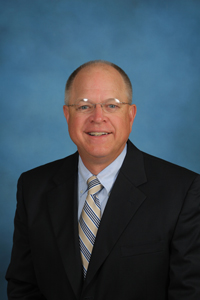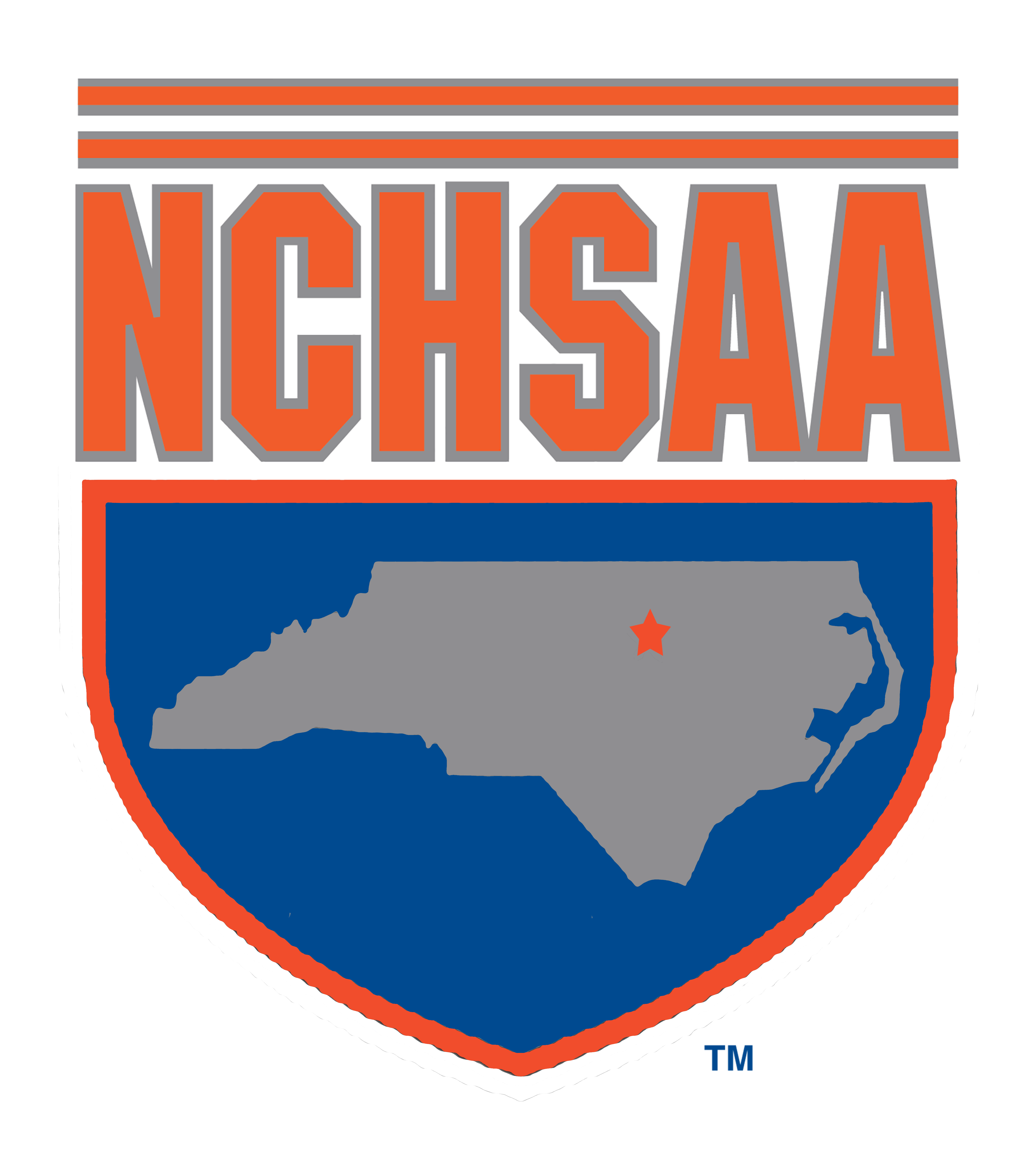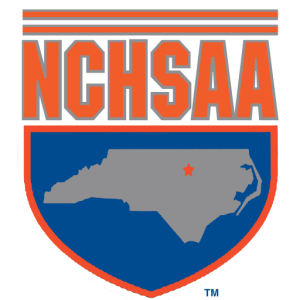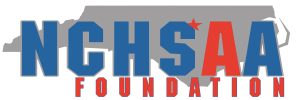
Ken Brown is now working as a health and safety consultant for the North Carolina High School Athletic Association.
He is working with the Association and its member schools to ensure compliance with NCHSAA health and safety initiatives as well as provide guidance with regard to sports medicine and health and safety issues encountered by member schools.
Brown is a licensed athletic trainer and has worked as an athletic trainer as well as a teacher at a number of North Carolina schools. He received his B.S. in health and physical education from Liberty University in 1979 and his master’s in human development and learning from the University of North Carolina at Charlotte in 1984.
What are you most anticipating about serving in your capacity as a health and safety consultant with the NCHSAA?
On numerous occasions I have described this new adventure using a bike wheel analogy. The rim represents health and safety of student athletes statewide. The spokes of the wheel represent stake holder groups that recognize the importance of student- athlete health and safety. The NCHSAA represents the hub of the wheel around which student-athlete health and safety rotates.
Truing the rim is a function of adjusting the spokes so that the rim rolls more smoothly and efficiently. In this regard, I most anticipate keeping the rim trued, thus enhancing health and safety of student-athletes statewide.
What are some of the ways you believe you can assist member schools in the area of health and safety?
There are two primary items to focus on when I think of student health and safety. First is avoiding preventable injury/conditions, and second is the proper management of injuries/conditions when that does occur. These two can in large part be accomplished as appropriate attention is given to the following:
–Comprehensive pre-participation screening and assessment
–Adequate sport specific conditioning and training
–Correct equipment selection, equipment fit, and equipment use
–Safe environment for both athletic practices and athletic contests
–Accurate/timely evaluation and care for injuries
–Injured student-athletes meeting physician’s criteria for returning to athletic competition upon completion of the rehabilitation process
–Skills and techniques taught, practiced, and demonstrated that comply with the rules of their sport
–Properly maintained athletic venues
Health care management of injuries occurring to student athletes is an ever evolving process. It is incumbent, therefore, that the NCHSAA be a leader by providing its member schools with the most accurate and current health care information to assist them in avoiding preventable injury/conditions and properly manage injuries/conditions when that do occur.
What are the biggest changes you’ve seen in high school athletics, in terms of sports medicine, during your career?
Secondary school athletes sustain chronic overuse type injuries at higher rates because they begin participating in athletics at earlier ages. More injury exposures and inappropriate care are two reasons for this increased frequency of chronic orthopedic conditions.
In order for these young participants to realize the best possible outcomes, it is important for youth sport injuries to be managed aggressively. Understanding that one of the main causes of injury is previous injury, it is vital for the safety and future of the young athletes that appropriate care is received. Remembering that sports participation has a positive impact for teaching life skills such as responsibility, teamwork, self-motivation, etc. athletic involvement need not end at the youth sport level due to injury.
Another significant shift is the number of high school athletes participating in school athletics. While this shift in and of its self is not negative, it stresses the availability of health care accessibility. Simply stated, there is a disproportional increase between the number of participants and the number of athletic trainers or first responders available to provide care for the increasing number of injuries that occur. Realizing the great value that high school athletics adds to the scholastic experience, a hard look needs to be taken to make sure that appropriate number of medical staff is in place to care for this increase in participation.
Away from athletics, what are some of the things you enjoy doing in your spare time, what there is of it?
There is a quote that comes to mind, for me; James Dobson once said, “I will consider my earthly existence to have been wasted unless I can recall a loving family, a constant investment in the lives of people, and an earnest attempt to serve the God who made me. Nothing else makes much sense and certainly nothing else is worth of my agitation. How about you?”
Throughout my career, balancing my personal life and professional life has been top priority. Very early in my career I made a promise to my family that I would be the husband and father that they deserved. Recently, I added a new role, that of being a grandfather. I plan to engage this new role with great passion and commitment as well. Sharing this same commitment for our family is my wife and sweetheart of 38 plus years. Throughout this time together our individual and mutual faith in our Lord and Savior Jesus Christ has been our guide. It is my belief that we sometimes complicate life by failure to follow the instructions provided by the creator of life itself.
Now that our sons are older and have started families of their own, my wife and I thoroughly enjoy our time together. We have enjoyed the journey together that the profession of athletic training has afforded. We look forward to continuing on this journey dedicating more time to investing in our church and community while taking time for recreational pursuits such as camping, kayaking, and biking, all the while enjoying God’s fabulous creation together.


